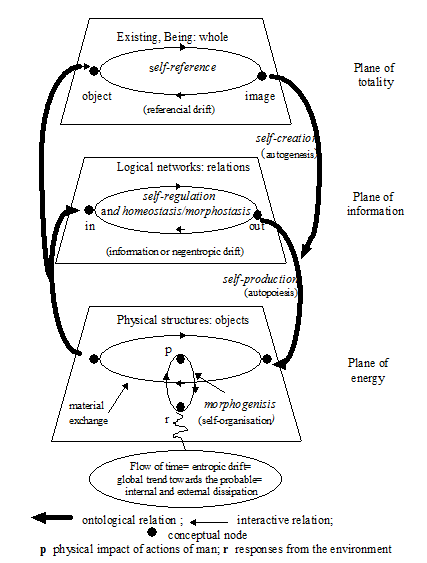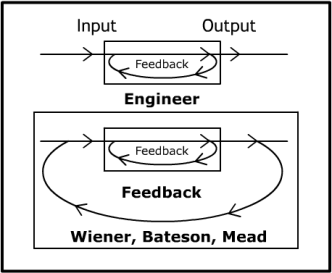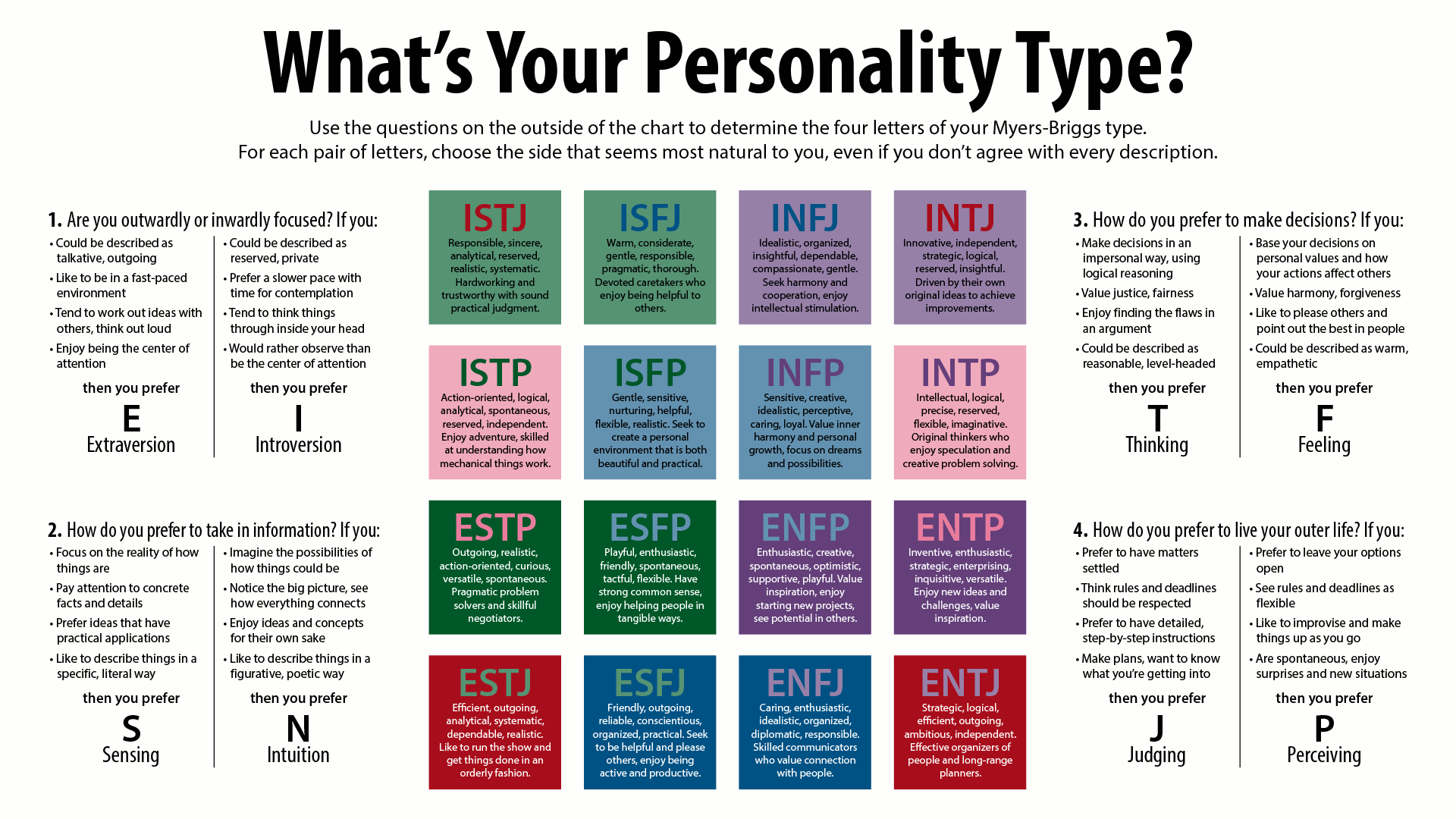|
Autonomous Agency Theory
Autonomous agency theory (AAT) is a viable system theory (VST) which models autonomous social complex adaptive systems. It can be used to model the relationship between an agency and its environment(s), and these may include other interactive agencies. The nature of that interaction is determined by both the agency's external and internal attributes and constraints. Internal attributes may include immanent dynamic "self" processes that drive agency change. History Stafford Beer coined the term ''viable systems'' in the 1950s, and developed it within his management cybernetics theories. He designed his viable system model as a diagnostic tool for organisational pathologies (conditions of social ill-health). This model involves a system concerned with operations and their direct management, and a meta-system that "observes" the system and controls it. Beer's work refers to Maturana's concept of autopoiesis, which explains why living systems actually live. However, Beer did not mak ... [...More Info...] [...Related Items...] OR: [Wikipedia] [Google] [Baidu] |
Viable System Theory
Viable system theory (VST) concerns cybernetic processes in relation to the development/evolution of dynamical systems. They are considered to be living systems in the sense that they are complex and adaptive, can learn, and are capable of maintaining an autonomous existence, at least within the confines of their constraints. These attributes involve the maintenance of internal stability through adaptation to changing environments. One can distinguish between two strands such theory: formal systems and principally non-formal system. Formal viable system theory is normally referred to as viability theory, and provides a mathematical approach to explore the dynamics of complex systems set within the context of control theory. In contrast, principally non-formal viable system theory is concerned with descriptive approaches to the study of viability through the processes of control and communication, though these theories may have mathematical descriptions associated with them. Histo ... [...More Info...] [...Related Items...] OR: [Wikipedia] [Google] [Baidu] |
Cultural Agency Theory
Culture () is an umbrella term which encompasses the social behavior, institutions, and norms found in human societies, as well as the knowledge, beliefs, arts, laws, customs, capabilities, and habits of the individuals in these groups.Tylor, Edward. (1871). Primitive Culture. Vol 1. New York: J.P. Putnam's Son Culture is often originated from or attributed to a specific region or location. Humans acquire culture through the learning processes of enculturation and socialization, which is shown by the diversity of cultures across societies. A cultural norm codifies acceptable conduct in society; it serves as a guideline for behavior, dress, language, and demeanor in a situation, which serves as a template for expectations in a social group. Accepting only a monoculture in a social group can bear risks, just as a single species can wither in the face of environmental change, for lack of functional responses to the change. Thus in military culture, valor is counted a typica ... [...More Info...] [...Related Items...] OR: [Wikipedia] [Google] [Baidu] |
Knowledge
Knowledge can be defined as Descriptive knowledge, awareness of facts or as Procedural knowledge, practical skills, and may also refer to Knowledge by acquaintance, familiarity with objects or situations. Knowledge of facts, also called propositional knowledge, is often defined as Truth, true belief that is distinct from opinion or guesswork by virtue of Justification (epistemology), justification. While there is wide agreement among philosophers that propositional knowledge is a form of true belief, many controversies in philosophy focus on justification: whether it is needed at all, how to understand it, and whether something else besides it is needed. These controversies intensified due to a series of Gettier problem#Gettier's two original counterexamples, thought experiments by Edmund Gettier and have provoked various alternative definitions. Some of them deny that justification is necessary and replace it, for example, with Reliabilism, reliability or the manifestation o ... [...More Info...] [...Related Items...] OR: [Wikipedia] [Google] [Baidu] |
Feedback
Feedback occurs when outputs of a system are routed back as inputs as part of a chain of cause-and-effect that forms a circuit or loop. The system can then be said to ''feed back'' into itself. The notion of cause-and-effect has to be handled carefully when applied to feedback systems: History Self-regulating mechanisms have existed since antiquity, and the idea of feedback had started to enter economic theory in Britain by the 18th century, but it was not at that time recognized as a universal abstraction and so did not have a name. The first ever known artificial feedback device was a float valve, for maintaining water at a constant level, invented in 270 BC in Alexandria, Egypt. This device illustrated the principle of feedback: a low water level opens the valve, the rising water then provides feedback into the system, closing the valve when the required level is reached. This then reoccurs in a circular fashion as the water level fluctuates. Centrifugal governors wer ... [...More Info...] [...Related Items...] OR: [Wikipedia] [Google] [Baidu] |
Feedforward (management)
Feed forward in management theory is an application of the cybernetic concept of feedforward first articulated by I. A. Richards in 1951. It reflects the impact of Management cybernetics in the general area of management studies. It refers to the practice of giving a control impact in a downlink to a subordinate to a person or an organization from which you are expecting an output. A feed forward is not just a pre- feedback, as a feedback is always based on measuring an output and sending respective feedback. A pre-feedback given without measurement of output may be understood as a confirmation or just an acknowledgment of control command. However, a feed forward is generally imposed before any willful change in output may occur. All other changes of output determined with feedback may for example result from distortion, noise or attenuation. It usually involves giving a document for review and giving an ex post information on that document which you have not already given. H ... [...More Info...] [...Related Items...] OR: [Wikipedia] [Google] [Baidu] |
Second-order Cybernetics
Second-order cybernetics, also known as the cybernetics of cybernetics, is the recursive application of cybernetics to itself and the reflexive practice of cybernetics according to such a critique. It is cybernetics where "the role of the observer is appreciated and acknowledged rather than disguised, as had become traditional in western science". Glanville, R. (2002). "Second order cybernetics." In F. Parra-Luna (ed.), Systems science and cybernetics. In ''Encyclopaedia of Life Support Systems'' (EOLSS). OxfordEoLSS Second-order cybernetics was developed between the late 1960s and mid 1970s by Heinz von Foerster and others, with key inspiration coming from Margaret Mead. Foerster referred to it as "the control of control and the communication of communication" and differentiated first order cybernetics as "the cybernetics of observed systems" and second-order cybernetics as "the cybernetics of observing systems". Foerster, Heinz von, ed. ''Cybernetics of Cybernetics: Or, the Contro ... [...More Info...] [...Related Items...] OR: [Wikipedia] [Google] [Baidu] |
Rationality
Rationality is the quality of being guided by or based on reasons. In this regard, a person acts rationally if they have a good reason for what they do or a belief is rational if it is based on strong evidence. This quality can apply to an ability, as in rational animal, to a psychological process, like reasoning, to mental states, such as beliefs and intentions, or to persons who possess these other forms of rationality. A thing that lacks rationality is either ''arational'', if it is outside the domain of rational evaluation, or '' irrational'', if it belongs to this domain but does not fulfill its standards. There are many discussions about the essential features shared by all forms of rationality. According to reason-responsiveness accounts, to be rational is to be responsive to reasons. For example, dark clouds are a reason for taking an umbrella, which is why it is rational for an agent to do so in response. An important rival to this approach are coherence-based ac ... [...More Info...] [...Related Items...] OR: [Wikipedia] [Google] [Baidu] |
Myers–Briggs Type Indicator
In personality typology, the Myers–Briggs Type Indicator (MBTI) is an introspective self-report questionnaire indicating differing psychological preferences in how people perceive the world and make decisions. The test attempts to assign a value to each of four categories: introversion or extraversion, sensing or intuition, thinking or feeling, and judging or perceiving. One letter from each category is taken to produce a four-letter test result, such as "INTP" or "ESFJ". The MBTI was constructed by two Americans: Katharine Cook Briggs and her daughter Isabel Briggs Myers, who were inspired by the book '' Psychological Types'' by Swiss psychiatrist Carl Jung. Isabel Myers was particularly fascinated by the concept of introversion and she typed herself as an INFP. However, she felt the book was too complex for the general public, and therefore she tried to organize the Jungian cognitive functions to make it more accessible. Most of the research supporting the MBTI's val ... [...More Info...] [...Related Items...] OR: [Wikipedia] [Google] [Baidu] |
Recursion
Recursion (adjective: ''recursive'') occurs when a thing is defined in terms of itself or of its type. Recursion is used in a variety of disciplines ranging from linguistics to logic. The most common application of recursion is in mathematics and computer science, where a function being defined is applied within its own definition. While this apparently defines an infinite number of instances (function values), it is often done in such a way that no infinite loop or infinite chain of references ("crock recursion") can occur. Formal definitions In mathematics and computer science, a class of objects or methods exhibits recursive behavior when it can be defined by two properties: * A simple ''base case'' (or cases) — a terminating scenario that does not use recursion to produce an answer * A ''recursive step'' — a set of rules that reduces all successive cases toward the base case. For example, the following is a recursive definition of a person's ''ancestor''. One's an ... [...More Info...] [...Related Items...] OR: [Wikipedia] [Google] [Baidu] |
Instrumentalis
In grammar, the instrumental case (abbreviated or ) is a grammatical case used to indicate that a noun is the ''instrument'' or means by or with which the subject achieves or accomplishes an action. The noun may be either a physical object or an abstract concept. General discussion The instrumental case appears in this Russian sentence: Here, the inflection of the noun indicates its instrumental rolethe nominative ''перо'' changes its ending to become ''пером''. Modern English expresses the instrumental meaning by use of adverbial phrases that begin with the words ''with'', ''by'', or ''using'' then followed by the noun indicating the ''instrument'': :''I wrote the note with a pen.'' :''I wrote the note (by) using a pen.'' Technical descriptions often use the phrase "by means of", which is similar to "by use of", as in: :''I wrote the note by means of a pen.'' :''I wrote the note by use of a pen.'' This can be replaced by "via", which is a Latin ablative of the n ... [...More Info...] [...Related Items...] OR: [Wikipedia] [Google] [Baidu] |
Instability
In numerous fields of study, the component of instability within a system is generally characterized by some of the outputs or internal states growing without bounds. Not all systems that are not stable are unstable; systems can also be marginally stable or exhibit limit cycle behavior. In structural engineering, a structure can become unstable when excessive load is applied. Beyond a certain threshold, structural deflections magnify stresses, which in turn increases deflections. This can take the form of buckling or crippling. The general field of study is called structural stability. Atmospheric instability is a major component of all weather systems on Earth. Instability in control systems In the theory of dynamical systems, a state variable in a system is said to be unstable if it evolves without bounds. A system itself is said to be unstable if at least one of its state variables is unstable. In continuous time control theory, a system is unstable if any of the r ... [...More Info...] [...Related Items...] OR: [Wikipedia] [Google] [Baidu] |
Attractor
In the mathematical field of dynamical systems, an attractor is a set of states toward which a system tends to evolve, for a wide variety of starting conditions of the system. System values that get close enough to the attractor values remain close even if slightly disturbed. In finite-dimensional systems, the evolving variable may be represented algebraically as an ''n''-dimensional vector. The attractor is a region in ''n''-dimensional space. In physical systems, the ''n'' dimensions may be, for example, two or three positional coordinates for each of one or more physical entities; in economic systems, they may be separate variables such as the inflation rate and the unemployment rate. If the evolving variable is two- or three-dimensional, the attractor of the dynamic process can be represented geometrically in two or three dimensions, (as for example in the three-dimensional case depicted to the right). An attractor can be a point, a finite set of points, a curve, a m ... [...More Info...] [...Related Items...] OR: [Wikipedia] [Google] [Baidu] |







